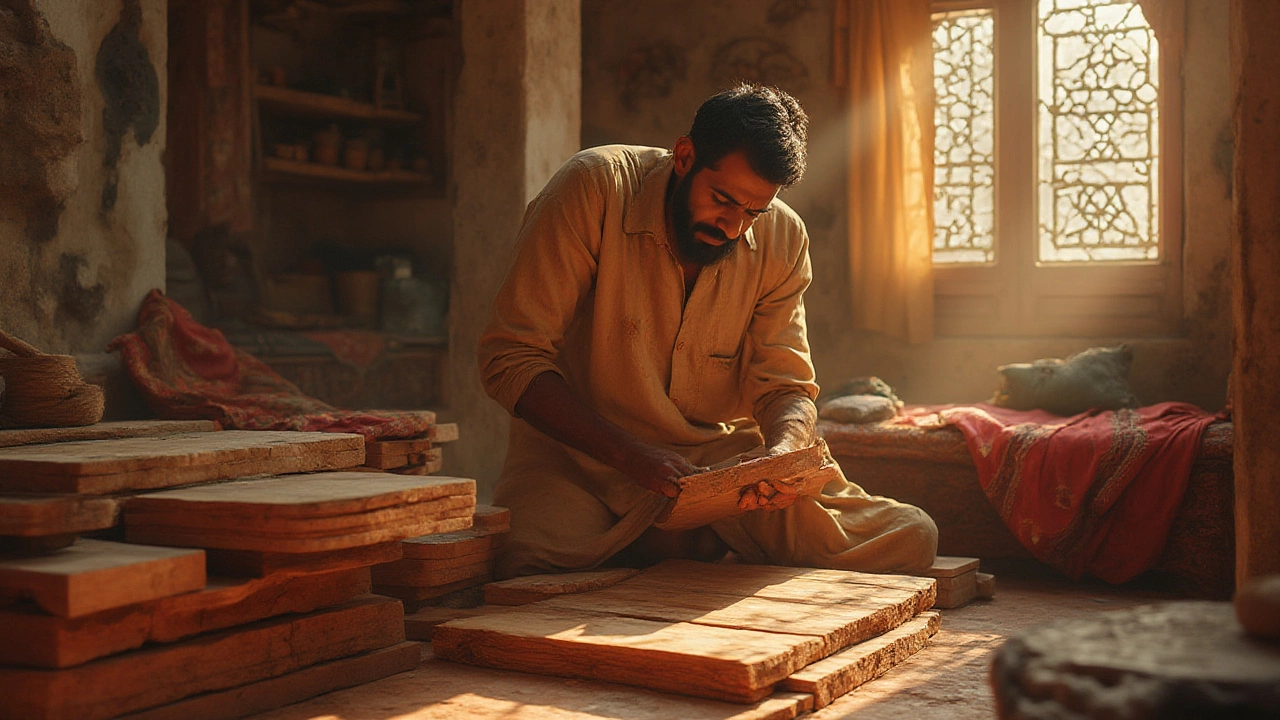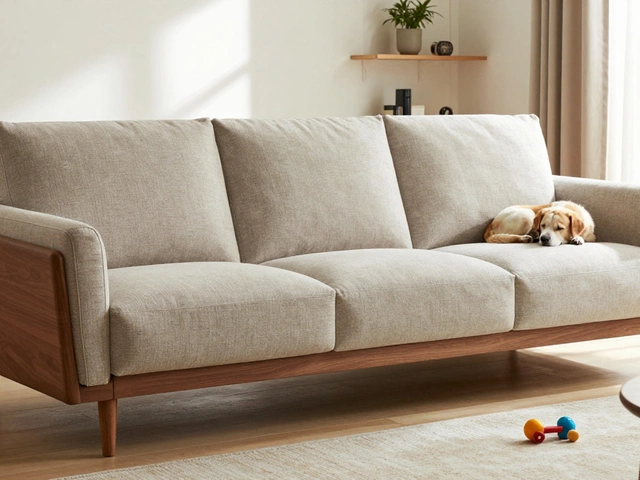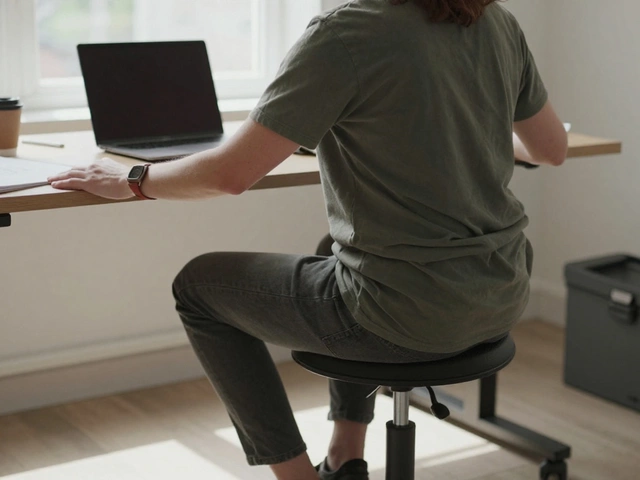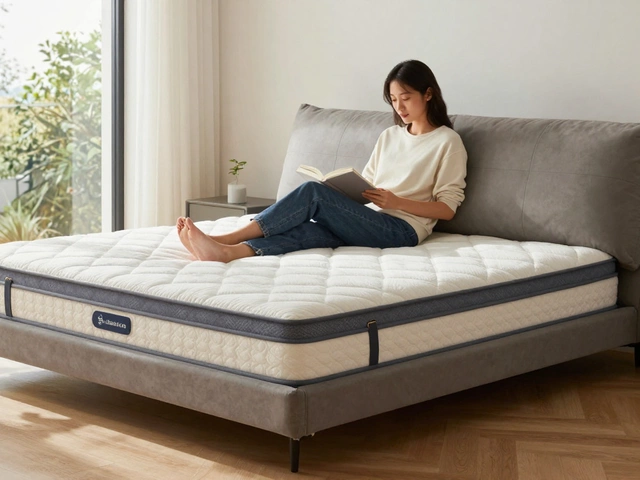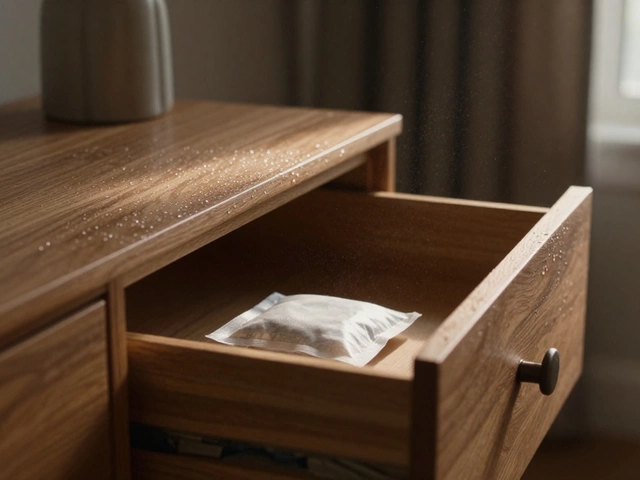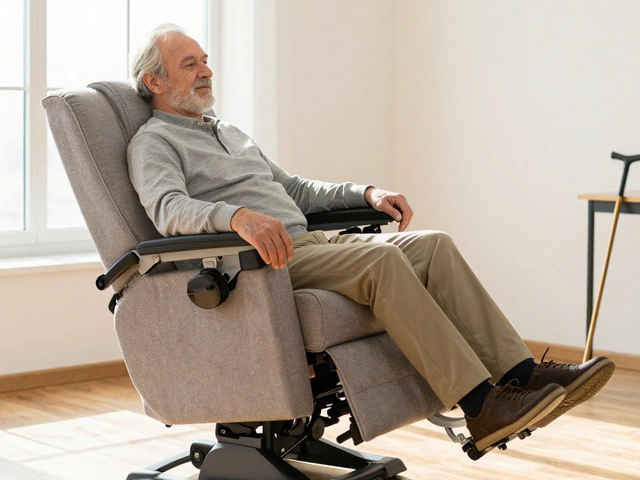Sturdy Coffee Tables: What Makes One Really Tough?
When you’re tired of wobbling tables and scratched surfaces, it’s time to ask yourself: does my coffee table need to be sturdier? A sturdy coffee table isn’t just a fancy phrase – it’s the piece that survives daily coffee spills, book piles, and the occasional foot‑kick without complaining. Below you’ll find the nuts‑and‑bolts of building a table that can handle the hustle of a busy home.
Materials that Make a Coffee Table Tough
The first thing to check is what the table is made of. Solid wood like oak, maple, or walnut offers natural strength and ages beautifully. Look for tables that say “solid” rather than “particleboard” – the latter tends to sag over time. Metal frames, especially steel or wrought iron, add a hidden backbone that stops the tabletop from flexing. If you love a modern vibe, go for a mixed‑material piece – a metal base with a thick wooden top gives you the best of both worlds.
Don’t overlook surface finishes. A high‑quality polyurethane or lacquer coating seals the wood, repels water, and prevents scratches. For glass tops, tempered glass is a must; it’s tougher than regular glass and won’t shatter into dangerous shards if something drops.
Choosing the Right Size and Style
Sturdiness isn’t just about the material; size and shape matter too. A table that’s too long for your sofa will get extra leverage on the legs, making it wobble. A good rule of thumb: the table’s length should be about two‑thirds the length of your sofa, and the height should match the seat height (usually 16‑18 inches). Square or round tables distribute weight evenly, which can boost stability compared to very long, narrow rectangles.
Think about usage. If you plan to use the table for dining, gaming, or as a workstation, pick a thicker top (at least 1.5 inches) and wide legs that sit directly under the surface. Extra reinforcement like cross braces or a solid core can make a huge difference when you’re stacking books or placing heavy decor.
Finally, test it before you buy. Push gently on each corner; a sturdy table should feel solid with barely any movement. If you’re shopping online, read reviews for mentions of “wobble” or “sagging” – real‑world feedback often catches issues that product descriptions miss.
With the right material, smart dimensions, and a quick stability check, you’ll land a coffee table that looks great and stays strong for years. Whether you’re after a rustic wooden slab or a sleek metal‑glass combo, the key is to focus on durability first. Your living room will thank you every time you set down that morning cup of joe.
How Thick Should Wood Be for a Coffee Table? Expert Tips and Best Practices
Wondering how thick your coffee table wood should be? This guide covers ideal wood thickness, design, durability tips, and expert advice for building the perfect coffee table.
